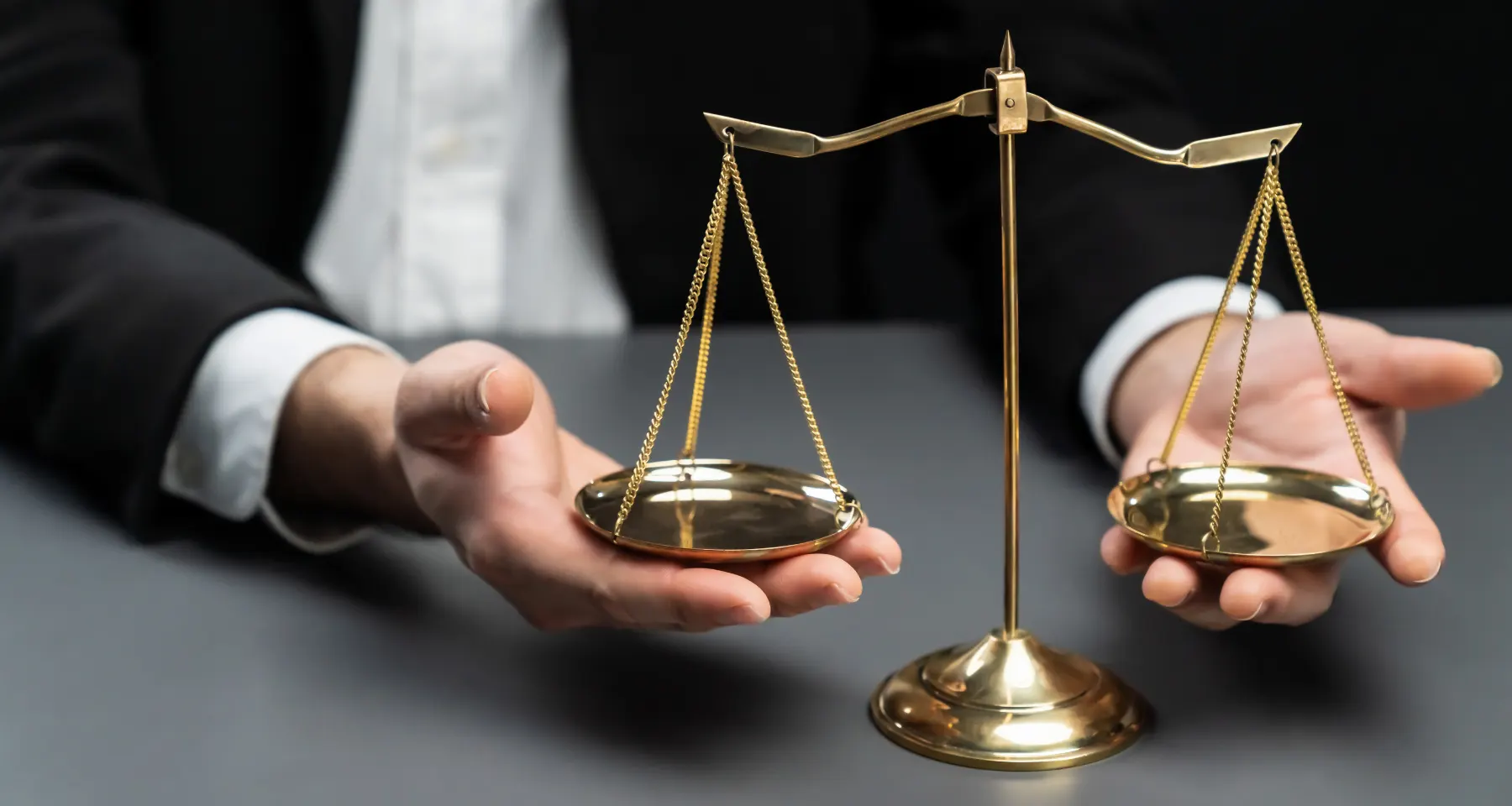Equality As Per the Constitution and Law in India

Equality Under Indian Constitution & Law
Introduction
Equality is a cornerstone of the Indian Constitution, reflecting the nation’s commitment to social justice, inclusivity, and democratic values. The concept of equality in India is enshrined in the Constitution and various laws, aiming to ensure that every citizen, regardless of their background, enjoys equal rights and opportunities.
Constitutional Provisions
The Indian Constitution provides a robust framework for promoting equality through several key articles:
1. Article 14: This article guarantees equality before the law and equal protection of the laws within the territory of India. It ensures that individuals are treated equally in similar circumstances.
2. Article 15: This article prohibits discrimination on grounds of religion, race, caste, sex, or place of birth. It empowers the state to make special provisions for women, children, socially and educationally backward classes, and Scheduled Castes (SC) and Scheduled Tribes (ST).
3. Article 16: This article ensures equality of opportunity in matters of public employment. It prohibits discrimination in employment or appointment to any office under the state on grounds of religion, race, caste, sex, descent, place of birth, or residence.
4. Article 17: This article abolishes “untouchability” and forbids its practice in any form, reinforcing the commitment to eradicate social discrimination and promote social justice.
5. Article 18: This article abolishes titles, except military and academic distinctions, to eliminate any form of hierarchy based on titles.
Legal Framework
In addition to constitutional provisions, several laws have been enacted to further the cause of equality:
1. The Protection of Civil Rights Act, 1955: This act prescribes punishment for the practice of untouchability and protects the civil rights of individuals.
2. The Scheduled Castes and Scheduled Tribes (Prevention of Atrocities) Act, 1989: This act aims to prevent atrocities against members of SC and ST communities and provides for special courts for the trial of such offenses.
3. The Equal Remuneration Act, 1976: This act ensures equal pay for equal work for both men and women, addressing gender-based wage discrimination.
4. The Rights of Persons with Disabilities Act, 2016: This act aims to protect the rights and dignity of persons with disabilities, promoting their social inclusion and equal opportunities.
5. The Transgender Persons (Protection of Rights) Act, 2019: This act seeks to protect the rights of transgender persons and ensure their welfare and inclusion in society.
Judicial Interpretation
The judiciary in India has played a pivotal role in interpreting and expanding the scope of equality. Landmark judgments have reinforced and expanded constitutional principles:
1. Kesavananda Bharati v. State of Kerala (1973): This case established the “basic structure” doctrine, ensuring that the fundamental principles of the Constitution, including equality, cannot be altered by amendments.
2. Indra Sawhney v. Union of India (1992): Also known as the Mandal Commission case, this judgment upheld the reservation for Other Backward Classes (OBC) in government jobs and educational institutions, reinforcing affirmative action policies.
3. Navtej Singh Johar v. Union of India (2018): This historic judgment decriminalized consensual homosexual acts between adults, affirming the right to equality and non-discrimination for the LGBTQ+ community.
4. National Legal Services Authority v. Union of India (2014): This judgment recognized transgender persons as a third gender, ensuring their right to self-identification and equal protection under the law.
Challenges and Way Forward
Despite robust constitutional and legal provisions, the realization of equality in India faces several challenges:
1. Social Inequality: Deep-rooted caste, gender, and religious biases continue to affect social interactions and opportunities.
2. Economic Disparities: Economic inequality often intersects with social inequality, limiting access to resources and opportunities for marginalized communities.
3. Implementation Gaps: Effective implementation of laws and policies remains a challenge due to bureaucratic inertia, lack of awareness, and resistance to change.
4. Legal Awareness: Many individuals, especially in rural and marginalized communities, are unaware of their legal rights, limiting their ability to seek justice.
To address these challenges, several measures can be undertaken:
To address these challenges, several measures can be undertaken:
1. Strengthening Legal Framework: Continuous review and strengthening of existing laws to address emerging forms of discrimination and inequality.
2. Awareness Campaigns: Conducting widespread awareness campaigns to educate citizens about their rights and the legal remedies available to them.
3. Capacity Building: Enhancing the capacity of law enforcement agencies, judiciary, and other stakeholders to effectively implement and enforce equality laws.
4. Social Reforms: Promoting social reforms through education, media, and community engagement to challenge and change discriminatory social norms and practices.
5. Economic Empowerment: Implementing policies and programs aimed at economic empowerment of marginalized communities to reduce economic disparities and promote equal opportunities.
Conclusion:
Equality as envisioned by the Indian Constitution and laws is a fundamental aspect of India’s democratic ethos. While significant progress has been made, continuous efforts are needed to overcome the persistent challenges and ensure that the principles of equality and justice are realized for all citizens. By fostering a culture of inclusivity, respect, and fairness, India can move closer to the ideal of equality for every individual, ensuring that the promise of the Constitution is fulfilled in its truest sense.

